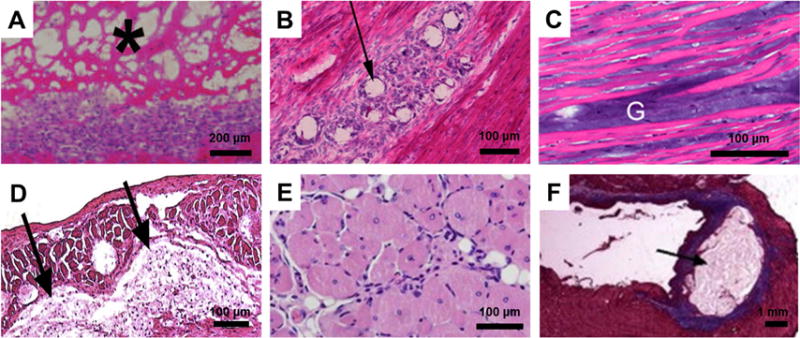Figure 2. Cellular responses to injected biomaterials.

Upon injection of a biomaterial, the resulting cellular responses can largely affect eventual tissue regeneration. Hematoxylin and eosin images are shown for (A) a decellularized myocardial ECM hydrogel (3 days post- injection), (B) acetalated dextran microparticles (7 days post-injection), (C) a methacrylated hyaluronic acid hydrogel (1 day post-injection), (D) a poly(N-isopropylacrylamide)-based synthetic hydrogel (8 weeks post-injection), and (E) an alginate hydrogel (14 days post- injection). (F) Masson’s trichrome staining shows residual alginate in a heart section after 5 weeks post-injection. All tissue sections are from the heart except for (E), which is skeletal muscle. Black arrows, asterisks, and “G” denote the biomaterial. Reproduced with permission from (14,20,23,24,88,89):
Yu J, Gu Y, Du KT, Mihardja S, Sievers RE, Lee RJ. The effect of injected RGD modified alginate on angiogenesis and left ventricular function in a chronic rat infarct model. Biomaterials 2009;30:751–6
Seif-Naraghi SB, Singelyn JM, Salvatore MA et al. Safety and efficacy of an injectable extracellular matrix hydrogel for treating myocardial infarction. Sci Transl Med 2013;5:173ra25.
Fujimoto KL, Ma Z, Nelson DM et al. Synthesis, characterization and therapeutic efficacy of a biodegradable, thermoresponsive hydrogel designed for application in chronic infarcted myocardium. Biomaterials 2009;30:4357–4368.
Ifkovits JL, Tous E, Minakawa M et al. Injectable hydrogel properties influence infarct expansion and extent of postinfarction left ventricular remodeling in an ovine model. Proc Natl Acad Sci U S A 2010;107:11507–12.
Suarez S, Grover GN, Braden RL, Christman KL, Almutairi A. Tunable protein release from acetalated dextran microparticles: a platform for delivery of protein therapeutics to the heart post-MI. Biomacromolecules 2013;14:3927–35.
Borselli C, Storrie H, Benesch-Lee F et al. Functional muscle regeneration with combined delivery of angiogenesis and myogenesis factors. Proc Natl Acad Sci U S A 2010;107:3287–92.
